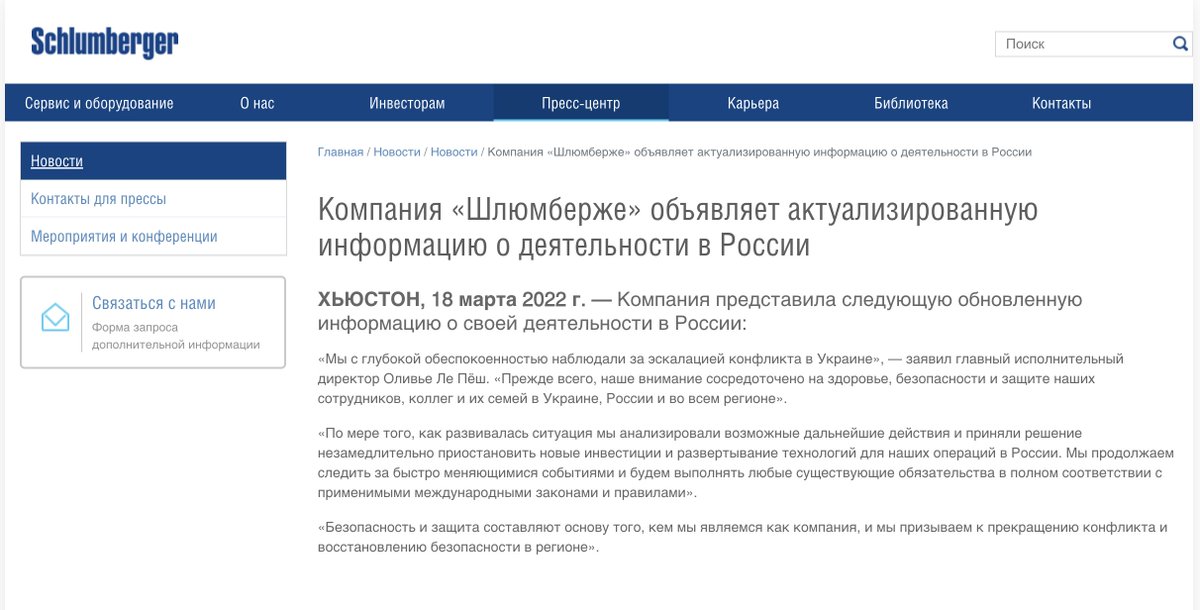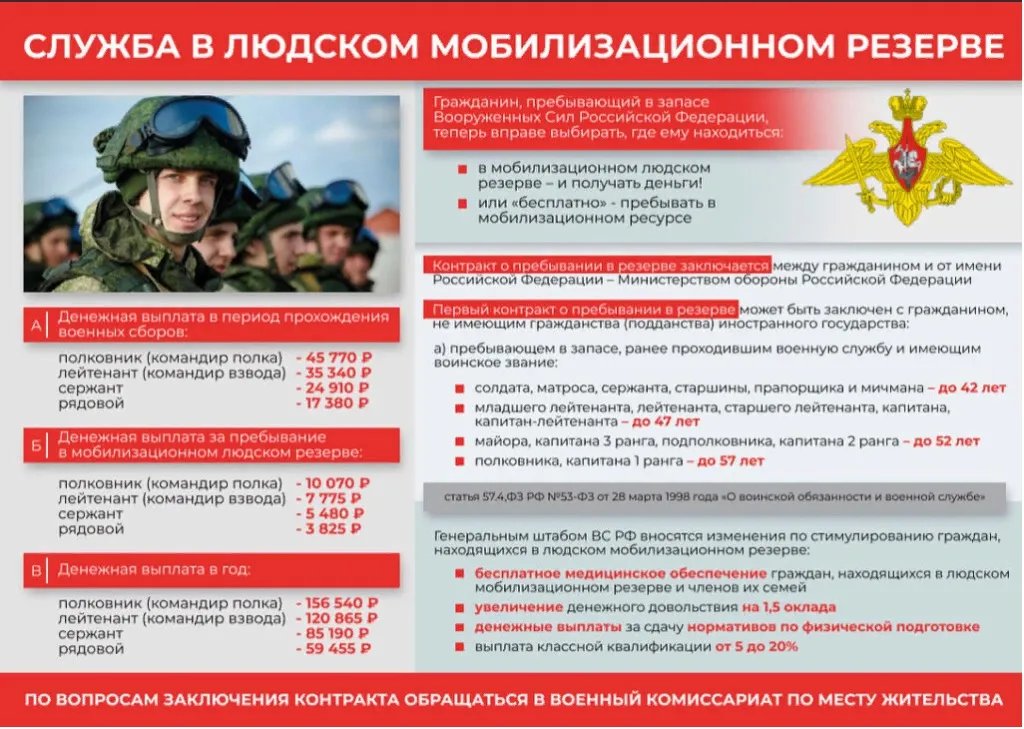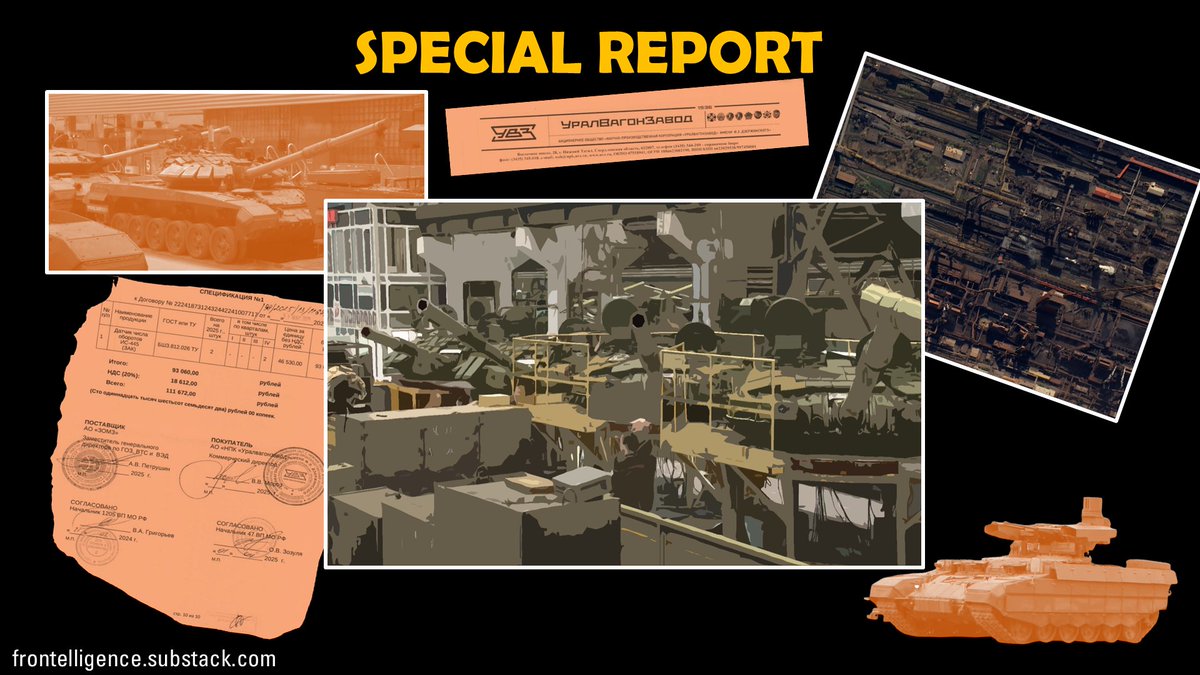Some observers have described the fall of Pokrovsk as “sudden.” That may be true if one followed the wrong analysts. In reality, the defense deterioration was apparent as early as 2024 and became unmistakable by 2025, as the underlying dynamics made the outcome nearly inevitable:
https://twitter.com/Tatarigami_UA/status/1954601747844112634
2/ That the city continued to hold out until November is, in itself, an achievement. Still, the rapid loss of positions in summer/fall 2024, which left logistics vulnerable and exposed the flanks, combined with manpower shortages, largely dictated the outcome now unfolding
3/ Launching a counteroffensive capable of retaking the city and securing its flanks, or even holding for another year, would have required diverting significant resources from other sectors of the front, a tradeoff that would result in disastrous situation elsewhere.
4/ The broader battlefield dynamics remains unchanged. Russian forces advance despite sustaining higher casualty ratios in KIA and WIA. Persistent issues within Ukrainian units, including manpower shortages and command and control difficulties, are still in place.
5/ The key task after withdrawal will be to prevent a repeat of the 2024 situation, when Russian forces achieved rapid gains in both the Ocheretyne and Pokrovsk sectors in a short period of time. Ukraine’s readiness behind Pokrovsk appears stronger than it was behind Avdiivka
6/ Overall, the defense of Pokrovsk in 2025, given the circumstances, is a notable accomplishment. Yet the ultimate result of the defense will depend on whether the AFU command will decide to reinforce the city or conduct an organized withdrawal to better positions
• • •
Missing some Tweet in this thread? You can try to
force a refresh














